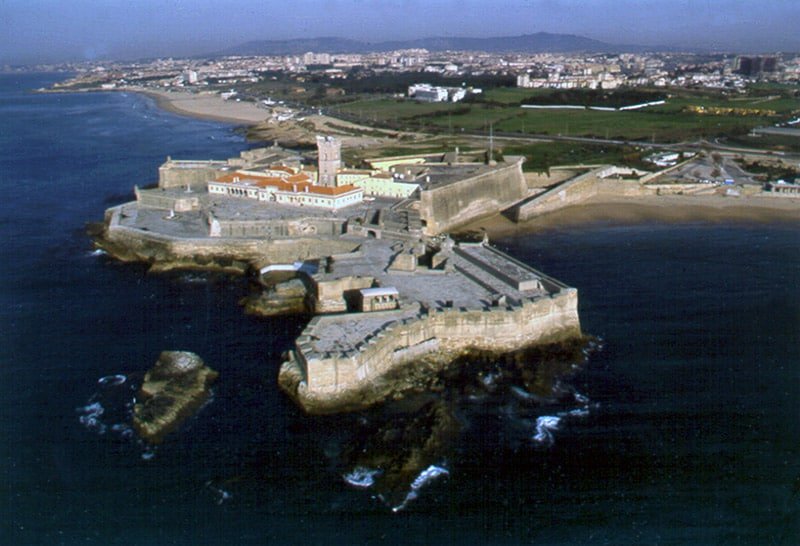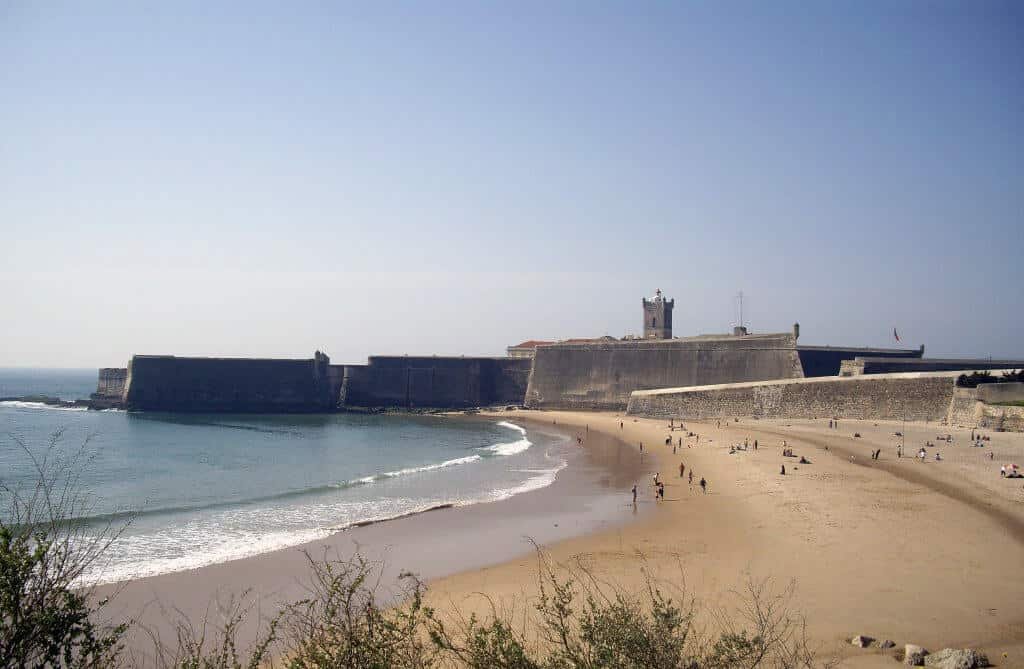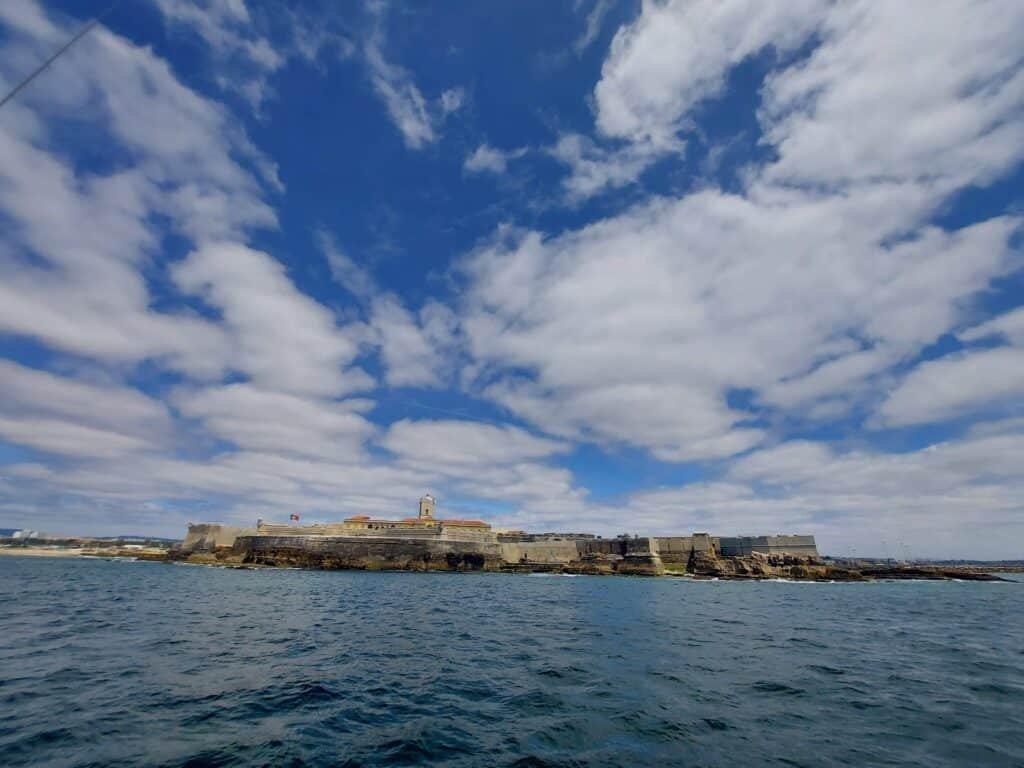The São Julião Fort is certainly the largest maritime defense construction in Portugal. In the 16th century, during the reign of D. João III, the construction of the Fort began. Miguel Arruda is responsible for the construction of this work, being one of the most famous architects of the time.
In addition, the Fort was expanded over the centuries, as its strategic position was considered of great importance for the defense of the entrance to the Tagus. In this way, the city of Lisbon could be protected from enemy attacks from the sea.

The Fort of São Julião and its purposes
In addition to the military mission of defense, the Fort of St. Julian was operational, from 1802 onwards it functioned as an educational college, for the children of the soldiers of the Artillery Regiment of the Court, installed there – the genesis of the Military College.
Like other fortifications, the Fort of S. Julião da Barra also served as a military and political prison. The case of General Gomes Freire de Andrade was famous, who was detained in S. Julião da Barra and was executed in the land adjacent to the fortification.

Disused from its defensive function in 1947, it was used from 1951 for new state functions and to host political events. General Eisenhower and Marshal Montgomery, among others, were installed here. In July 1957, the fort was classified as a Property of Public Interest and is currently under the supervision of the Ministry of National Defense.
Nowadays it is the official residence of the Minister of Defense of Portugal, and it is also a place where cultural events take place regularly.
It is worth discovering the history protected by the moats and bulwarks at the entrance to the city of Lisbon and enjoying the impressive panoramic views of the Atlantic Ocean.





